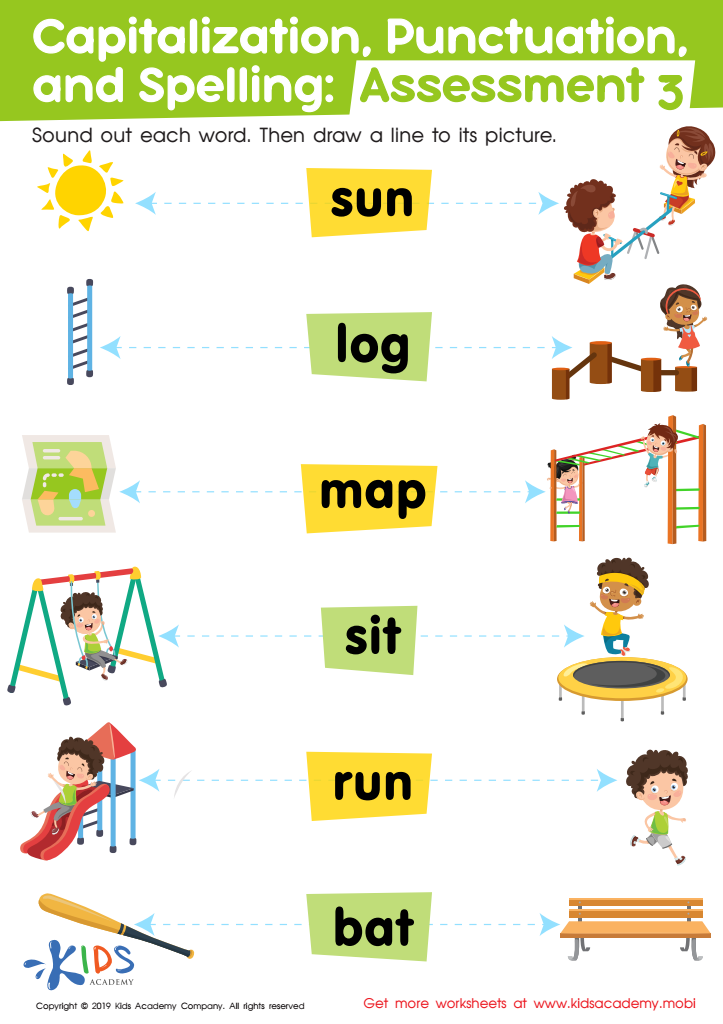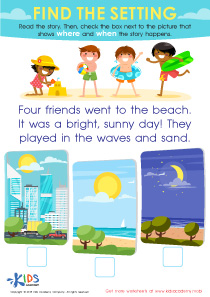Capitalization rules Easy Worksheets for Ages 3-6
4 filtered results
-
From - To
Discover our engaging "Capitalization Rules Easy Worksheets" designed specifically for children ages 3-6! These fun and interactive worksheets make learning about capitalization enjoyable and straightforward. Tailored for early learners, they introduce essential skills through colorful activities and playful exercises. Kids will practice recognizing and using capital letters in various contexts, helping them build a solid foundation for reading and writing. Ideal for parents and educators, these resources encourage hands-on learning and foster a love for language. Enhance your child's literacy skills effortlessly with our captivating worksheets that make mastering capitalization a breeze. Start your adventure in learning today!


Capitalization. Punctuation. Spelling. Assessment 3 Worksheet


Capitalization Key Worksheet


Fix Capital Letters Worksheet


How to Capitalize Worksheet
Capitalization rules are important for young learners aged 3-6 because they lay the foundation for effective reading and writing skills. When children understand which words to capitalize, such as the beginning of sentences, names, and important titles, it helps them recognize the structure of written language. This enhances their reading comprehension, as they can identify when a new idea starts or when something important is being mentioned.
Additionally, learning capitalization fosters a sense of pride and accomplishment in young children. When they see their names and important words correctly capitalized in their own writing or stories, it helps boost their confidence and encourages them to express themselves creatively.
For parents and teachers, guiding children through capitalization rules can create meaningful moments for learning together. It serves as an opportunity to share valuable skills that children will use throughout their lives. Ultimately, teaching capitalization at an early age equips children with the tools they need to communicate effectively, setting them up for success as they progress through school and beyond. Understanding and applying capitalization not only makes writing clearer but also promotes the beauty and expression of language in a child’s journey.
 Assign to My Students
Assign to My Students





















